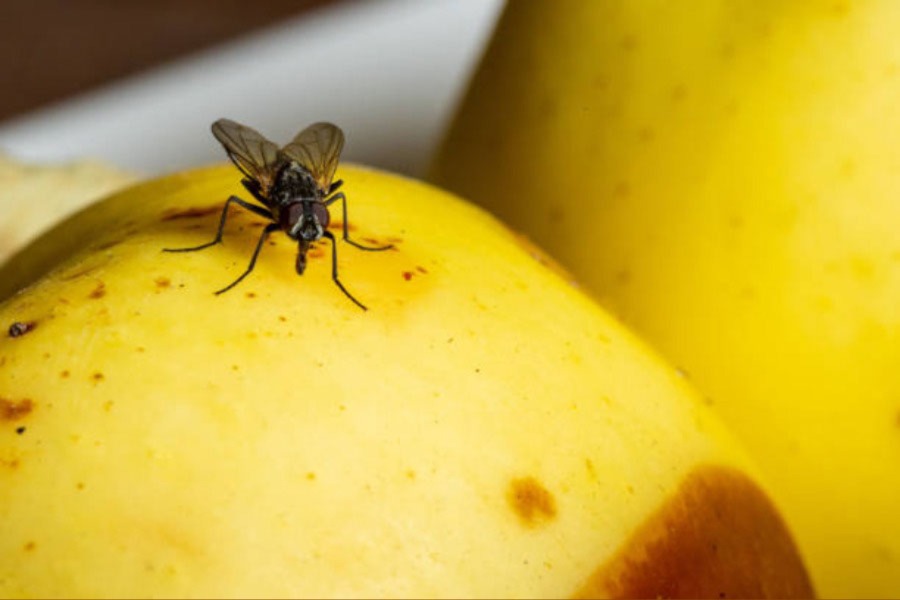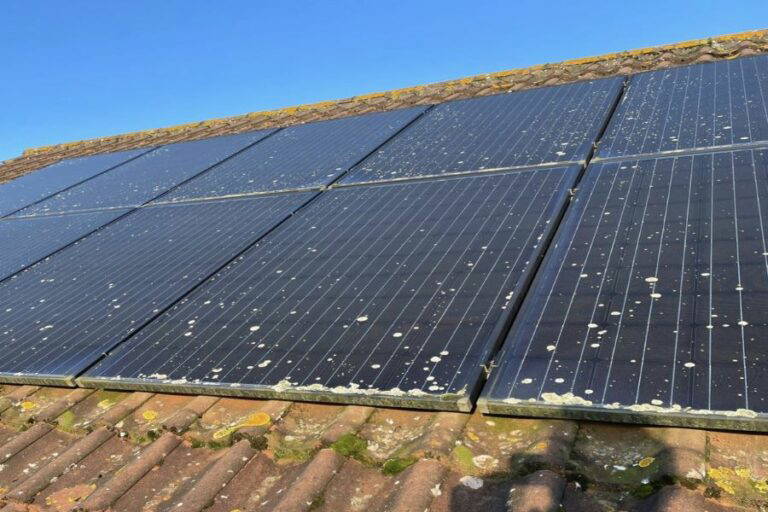Cluster Flies: Your Questions Answered

Comprehensive Strategies for Identifying, Eradicating, and Safeguarding Your Home from Cluster Flies
Welcome to our comprehensive blog dedicated to addressing the challenges posed by cluster flies. This informative guide aims to equip you with the knowledge and strategies necessary to effectively identify, eliminate, and prevent cluster fly infestations in your residential or commercial spaces. By understanding the characteristics and behaviour of these pesky insects, you will be better prepared to take appropriate measures to safeguard your property. From practical methods to get rid of cluster flies to preventative measures that can significantly reduce their presence, we provide you with a range of proven solutions. Additionally, we explore natural remedies that serve as effective repellents and delve into the potential damages that cluster flies can cause to your property. Whether dealing with cluster flies in the attic or concerned about their impact on your belongings, this blog will provide valuable insights and actionable steps to address these issues. Join us as we guide you through the intricacies of cluster fly management, empowering you to maintain a fly-free environment.
How to identify cluster flies?
Several vital characteristics can identify cluster flies. They are slightly larger than typical house flies, measuring about 8 to 10 millimetres in length. One distinguishing feature is their distinct thorax, covered in short, golden hairs. At rest, cluster flies fold their wings in a sloping position, creating a noticeable overlap. Their colouration varies from greyish to olive or dark brown. Cluster flies also have a sluggish flight pattern compared to other fly species. By observing these traits, you can confidently identify cluster flies.
What are some effective DIY methods to get rid of cluster flies?
DIY methods can be a practical approach to eliminating cluster flies from your home. Here are three detailed DIY methods you can try:
- Vacuuming: Use a powerful vacuum cleaner with a hose attachment to suck up cluster flies. Focus on areas where they gather, such as windowsills, ceilings, and walls. Please dispose of the vacuum bag, empty the canister into a sealed plastic bag, and discard it outdoors.
- Homemade Traps: Create homemade traps by filling a shallow dish with soapy water and vinegar. The scent of vinegar attracts cluster flies, and the soapy water will trap and drown them. Place the traps near windows, doors, or other fly entry points.
- Essential Oil Spray: Make a natural repellent spray using essential oils known to repel flies. Mix 10-15 drops of essential oil, such as lavender or peppermint, with water in a spray bottle. Shake well and spray the mixture in areas where cluster flies are present, such as windows, doorways, or corners of rooms.

What are some natural repellents for getting rid of cluster flies?
Natural repellents can be an eco-friendly and non-toxic option for cluster fly control. Here are three natural repellents to consider:
- Citrus Fruit Peels: Cluster flies dislike the strong scent of citrus fruits. Place citrus peels, such as orange or lemon, near windows, doorways, or other fly entry points to deter cluster flies.
- Eucalyptus Oil: Dilute eucalyptus essential oil with water and spray it in areas where cluster flies gather. The pungent aroma of eucalyptus acts as a natural repellent.
- Flypaper Strips: Hang flypaper strips near windows or other common areas where cluster flies are found. The sticky surface of the flypaper will trap the flies, reducing their population.
What are some pest control methods for getting rid of cluster flies?
Professional pest control methods may sometimes be necessary for complete cluster fly elimination. Here are three effective pest control methods:
- Insecticidal Sprays: Pest control professionals can use specialised insecticidal sprays specifically formulated to target cluster flies. These sprays are applied to areas where flies congregate, such as attics, wall voids, or other hiding spots.
- Ultra-Violet Light Traps: Ultra-violet (UV) light traps can be installed in areas where cluster flies are active. These traps emit UV light, which attracts the flies. Once drawn, the flies get trapped in a sticky board or a container, effectively reducing their numbers.
- Residual Insecticides: Pest control experts may apply residual insecticides to areas where cluster flies rest or gather. These insecticides have long-lasting effects and provide ongoing control of cluster flies by preventing their reproduction and survival.
It’s essential to consult with a professional pest control service to determine the most appropriate method for your specific situation and to ensure safe and effective cluster fly elimination.
How to eliminate cluster flies from the house?
You can use a combination of methods to eliminate cluster flies from your house. One effective approach is using insecticidal sprays specifically formulated for flies. These sprays can be applied to areas where cluster flies congregate, such as windows, door frames, and other entry points. Vacuuming is another helpful method to remove cluster flies physically. Use a vacuum cleaner with a nozzle attachment to suck up the flies from walls, ceilings, and other surfaces. Additionally, sealing off potential entry points by repairing screens, caulking gaps, and ensuring doors and windows are properly sealed can prevent further infestation and eliminate existing cluster flies.

How to prevent cluster flies?
Preventing cluster flies from entering your property is vital in avoiding infestations. Start by inspecting your home for potential entry points and sealing them off. Repair or replace damaged window screens, install door sweeps, and seal gaps around windows, doors, and utility openings. Properly maintain your house’s exterior by trimming vegetation, removing decaying organic matter, and sealing cracks or crevices in the building structure. Installing fly screens on windows and using air curtains at entrances can also help deter cluster flies from entering. Lastly, consider using light traps or sticky flypaper near entry points to catch flies that cannot get inside.
How do you control cluster flies in the attic?
Controlling cluster flies in the attic requires a combination of preventive measures and targeted treatments. Start by inspecting the attic for any openings or cracks where flies can enter. Seal off these entry points to prevent more flies from entering. Use a vacuum cleaner with a long hose attachment to remove any visible flies from surfaces, corners, and cracks. Applying residual insecticides or insecticidal dust to the attic can provide long-term control by killing flies on contact and preventing their reproduction. It’s essential to follow the instructions provided by the product manufacturer and consider consulting a professional pest control service for effective treatment in the attic, especially if the infestation is severe or persistent.
Do cluster flies bite humans or animals?
No, cluster flies do not bite humans or animals. Unlike other fly species, cluster flies are not known to bite or sting. They primarily feed on flower nectar and do not have mouthparts designed for grinding. However, it’s important to note that their presence can still be bothersome due to their large numbers and tendency to cluster in certain areas of a property.
Can cluster flies damage property?
While cluster flies do not cause direct property damage, their presence in large numbers can be a nuisance. These flies habitually congregate in attics, wall voids, and other secluded building areas during colder months. Over time, their faeces and dead flies can accumulate, leading to unpleasant odours and potential cleanliness issues. Additionally, cluster flies’ buzzing and swarming behaviour can be disruptive and cause discomfort for occupants.
Does cluster fly damage furniture or fabrics?
Cluster flies do not typically damage furniture or fabrics. Unlike other fly species that may lay their eggs in organic materials, cluster flies do not significantly impact upholstery, carpets, or other household fabrics. However, it’s essential to promptly address any cluster fly infestations to prevent the accumulation of faeces and dead flies, which can lead to unsightly stains or odours if left unattended. Regular cleaning and vacuuming can help maintain cleanliness and minimise any potential issues associated with cluster flies near furniture or fabrics.





